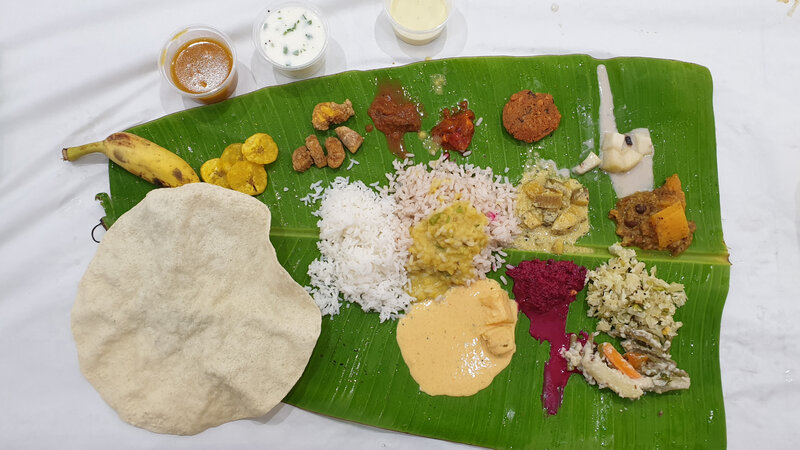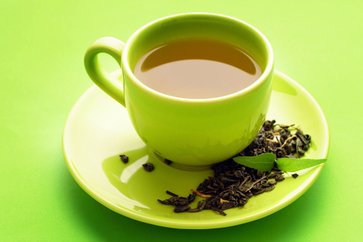Ayurvedic Diet – A Six Tastes of Ayurvedic Cooking
Apart from remedial Ayurveda fixes sickness and safeguard health care. The majority of the health problems are produced due to intake of inappropriate diet.
 Ayurvedic cooking is a method of making distinctive food for an individual’s remedial process. It is a realistic way to prepare food keeping in mind the dietary requirements of a character based on different body types.
Ayurvedic cooking is a method of making distinctive food for an individual’s remedial process. It is a realistic way to prepare food keeping in mind the dietary requirements of a character based on different body types.
Everything has taken in by five senses like Mouth (food, water), Nose (Breath), Ear (Chanting, sweet music), Skin (Sunlight), Eyes (Nature) is called food in Ayurveda. Whenever we consume food in an adequate quantity, it provides us long life and youthfulness.
When consumed in inadequate quantities it builds up the production of toxins, that are harmful to life. Having the right food is the valid step close to accomplishing healthy life. However, just having correct food is not sufficient right combination and the ratio of food are also important for and character.
Nearly all diseases are a reaction to inadequate foods or not having food in an appropriate manner. Particular food’s nutritive utility and its impact are decided, relying on its taste and attributes. Ayurvedic has three principal center’s healing, prevention, and health care.
This curative science is an approach to personalizing food for each person’s curative process. The ayurvedic technique of cooking is a realistic way to prepare food keeping in mind the dietetic need of an individual based upon distinct body types.
Three types of food in Ayurveda
Ayurveda classifies food into three groups Satvic, Rajasic, and Tamasic. These categories of foods have distinct effects on the body and the mind.
1. Sattva
Sattva is a character of mind, that affects clarity, harmony, and balance. The foods that stimulate Sattva are fresh fruits, vegetables, salads, fresh fruit juices, cereals(red rice), herbal tea, fresh cow’s milk, dry fruits, nuts, honey, jaggier, all spices, and freshly cooked food.
2. Rajas
Rajas is a characteristic of the mind that causes energy and action. The food need to create is the following food promotes like canned food, basmati rice, sour cream, paneer, ice-cream, yeast, sugar, pickle, vinegar, garlic, onion, and salted food.
3.Tamas
Tamas is a characteristic of the mind, that evokes darkness, inertia, resistance, and grounding. The need to stop the following food that promotes Tamas are Alcohol, Beef, Chicken, Fish, Pork, Eggs, Frozen food, Microwaved food, Mushroom, Drugs, Tea, Coffee, Fried food, Fried nuts.
Six Tastes According to Ayurveda
The importance of Ayurvedic cooking, The main purpose of all Ayurvedic treatments is to establish a balance between the body and the mind.
Imbalance in the diet leads to the direct causes of physical sicknesses while you are in balance, you experience a zeal for life. Your appetite is good and Your body processes function normally, and your body, mind, and senses stay in tune.
According to Ayurveda, the modern-day nourishment prototype is basically faulty as “It categorizes persons based on their disease.” All diabetics persons or heart patients are put together in one category, However, that’s not how it is in Ayurveda.
In Ayurveda, every problem is unique and the food is planned to suit personal needs,” There are six Ayurvedic tastes; Sweet, Salty, Sour, Pungent, Astringent and Bitter. These six tastes possess their own unique basic structures giving them unique therapeutic properties. A balanced diet will have healthy alignments of these.
1. Sweet Taste (Earth and Water elements)
Sweet taste food, is considered the healthiest nutritious. They provide useful vitamins and minerals to the body that are essential to digesting the sugars.
Food that falls into these groups is whole-grain cereal, bread, pasta, rice, seeds, and nuts. Lots of fruit and vegetable are sweet as well.
Eating something sweet remunerates our existing hunger; it raises the energy level in our body and besides has a relaxing effect. However, extreme use of sweet food unbalances the cycle and drives obesity and diabetes.
2. Sour Taste (Earth and Fire elements)
Sour taste involves all foods that are aged, ripened, roused, or naturally acidic. They are considered to be comparatively pre-digested foods or digestive aids thus they help encourage appetite.
Too much sour can conduct to blood toxicity, heartburn, acidity, or itching. Sour taste foods that fall into these groups are buttermilk, sour cream, yogurt, and cottage cheese.
Nearly all half-ripe fruits are sour and consumption of sour food raises your appetite; it also increases your saliva flow and digestive extracts. Overeating sour food will supply our body more likely to aches and cramps.
3. Salty Taste (Water and Fire elements)
Naturally salty food such as kelp and seaweed betters and cleanses the body and balances the thyroid, adrenal gland. It holds iodine and potassium that help to balance sodium in the body.
Process salt which is without its natural stabilizing element’s increases the holding of fluids in the body, in this way it affects the kidneys, by putting pressure on the blood vessels and all organ systems. In general, it can produce toxins to be retained in the body.
4. Pungent Taste (Fire and Air elements)
Pungent types of Foods include onion, Brussels sprouts, horseradish, ginger, mustard, chili powder, and rosemary. Pungent foods have high therapeutic properties; they have different effects from salty foods.
It decreases the fluid content of tissues, betters respiration, and enhances concentrating power. Pungent herbs motivate the mind and promote circulation to the brain. Overutilization of pungent taste food can increase insomnia, restlessness, and anxiety.
5. Bitter Taste (Air and Ether elements)
The bitter taste is found in various vegetables and herbs works in a paradoxical manner. Being highly cooled, it provisionally smoothest fire then reacts with greater energy intensifying our appetite.
Bitter has a purifying action and rectifies all the other tastes. Too many bitter drives to emaciation, dizziness, and nerve disorders. Bitter foods are generally identified as a green leaf vegetable, tea. Bitter taste food improves digestion and increases the metabolic rate.
6. Astringent Taste (Air and Earth elements)
Astringent taste is found in fruits like cranberry and pomegranate also in beans, some vegetables, and herbs. It contains a rectifying action, It tones up the surface areas of the digestive tract and fixes dry up unnecessary fluids, and stops discharges. This enables better performance of the digestive tract itself.
Too much can result in excessive dryness and constipation. Other Astringent foods that come under this group are celery, cucumber, eggplant, lettuce, mushroom. Fruit like apple, avocados, berries, grapes, and pear are also astringent.
Astringent Taste fruits are often related to the cleansing of body fluids, blood, lymph, and sweat. It also prevents capillary leakage; It helps heal skin and mucous secretion layers and nerve tissue.


























